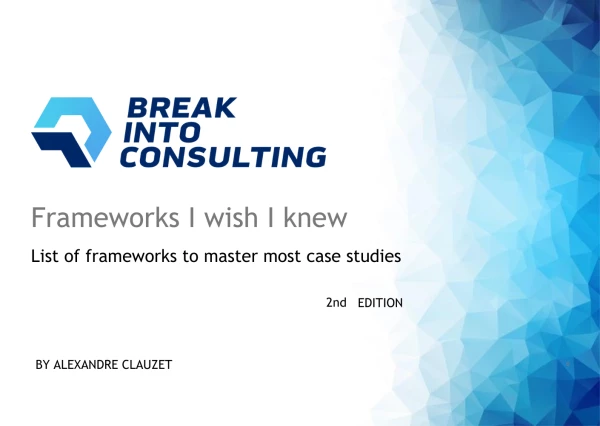Hi everyone, In order to develop a strategy/plan for customer retention for a SaaS prodcut before launch, I wanted to use a MECE framework (hypothesis tree) to strategize and present, is the following one ok? or any better suggestions?
Objective: Keep churn at minimal when we launch (i've tried to use a customer journey like framework with the assumption that more engagement can reduce retention)
1) Account Sign-up
- how many steps to complete signup? How can we keep it as short as possible?
- What info do we need?
2) Onboarding
- How can we onbard the customer? quick tour? live traning?
- How long should the onboarding be ? how many steps & what to cover?
3) Post- Onboarding:
a) User proactive use: Open the app --> Loading time of the app--> type of info on first screen [how can we ensure a smooth process as mentioned], [ what are the regular features that a user would want to enage with? do we have any other non-core features that can encourage enangement]
b) Reactive use: To ensure more enagement can we send proactive updates of data & other info?
4) Analytics
- How can we monitor technical issues to ensure worry free experience?
- Can we create algorithms to flag low enagemeng customer who could churn?
Please give feedback & thoguths if this is ok or bad and your suggestions would be appreciated.















